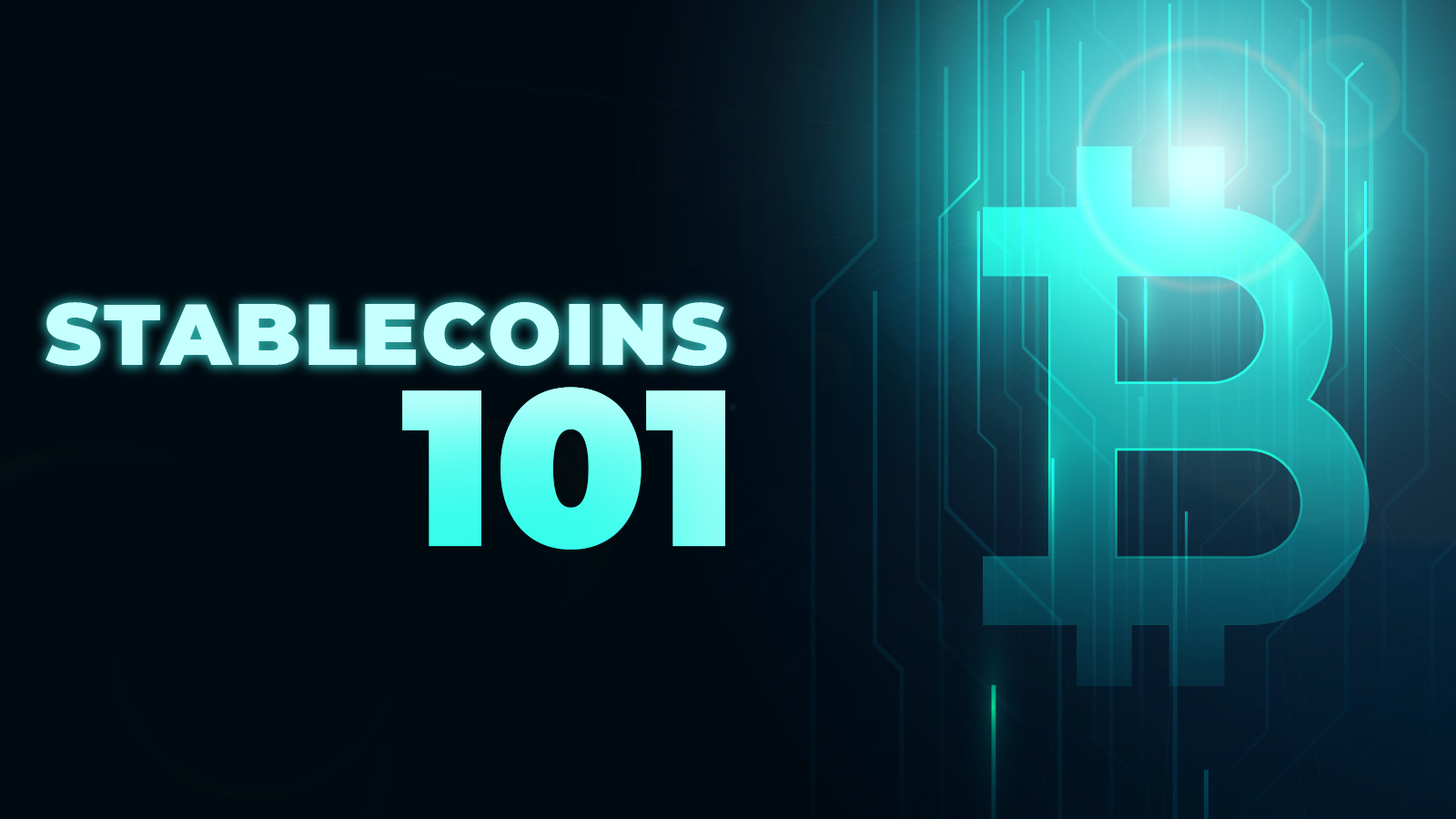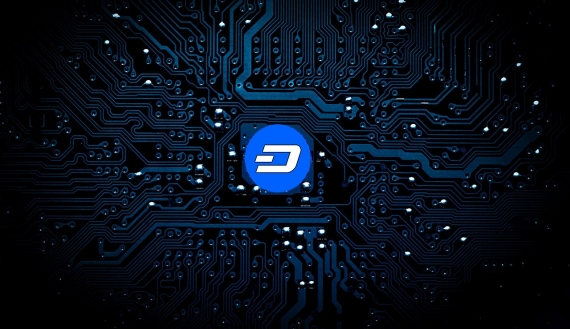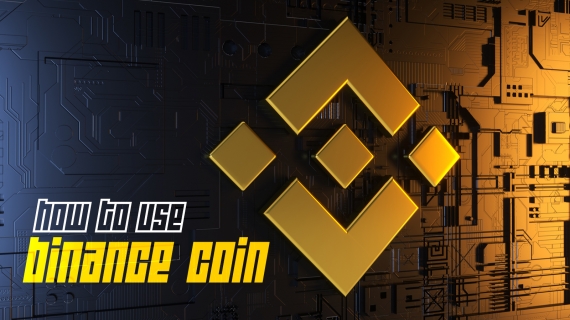
Stablecoins: A Comprehensive Deep Dive on Volatility’s Worst Enemy
Cryptocurrencies, for all their endless benefits, are mostly unpredictable, and their prices fluctuate often. Cryptocurrency prices are hinged on supply and demand, which accounts for the value changes we always see. Even though traders have developed several analytical tools and strategies to take advantage of these price swings, i.e., buying at the ”bottom” and selling at the ”top", these analyses still fail frequently, and they lose lots of money. Fluctuations make cryptocurrencies hard to use for everyday spending and this is where stablecoins come into play. This short guide introduces what stablecoins are, how they work, and the best ones you should start using.
What are Stablecoins?
Stablecoins are cryptocurrencies whose values are tied to another asset, usually fiat or a commodity, to achieve price stability. Stablecoin usage has shot up over the years because they combine real-world assets' stability and cryptocurrencies' accessibility and trustlessness.
Types of Stablecoin Collateral
Stablecoins achieve stability by pegging their values to another asset class with relatively stable values, most commonly fiat and other physical commodities. Here are the available types.
Fiat
Fiat is the government-issued currency we all use every day, such as the US Dollars(USD) or Pounds Sterling(GBP). These stablecoins are backed by fiat currency. The most common fiat used is USD. Examples include USDT, USDC, and BUSD.
Usually, the company behind these stablecoins will have a reserve where they store US Dollars, meaning that for every unit of stablecoin bought or sold, $1 is added or removed from the reserve. $10,000 backs up 10,000 units of USDT(10,000 USDT), for example.
Commodity
These stablecoins are backed by physical commodities like Gold or other valuable assets. Examples include Paxos Gold (PAXG) and Tether Gold (XAUT).
They work similarly to fiat-backed cryptocurrencies, except that they use Gold (mostly) instead of fiat as reserves.
Algorithms
These stablecoins reach stability by burning or creating new tokens to keep the value at $1. For example, if the value drops below $1, some tokens are automatically burnt to reduce the supply, raising the price. The most common example of an algorithmic stablecoin is UST, created by Terra.
Cryptocurrency
The prime example of a crypto-backed stable-coin is MakerDAO's DAI. MakerDAO uses cryptocurrencies as collateral to mint and issues DAI to borrowers.
Why Stablecoins?
Stablecoins' price stability makes them fit for many roles in crypto markets. Asides from being good digital stores of value, other prominent uses include:
1. Decentralized Finance (DeFi)
Stablecoins allow users access to decentralized financial services such as the following:
Savings: You can deposit stablecoins into a crypto bank like YouHodler and earn up to 12% APY.
Lending: several stablecoin lending pools generate more than 10% yield on your assets. The exciting thing is that you can deposit and withdraw your money at any time.
Borrowing: Crypto borrowers also use stablecoins as collateral on lending protocols. These borrowed funds are usually from stablecoins deposited in lending pools.
Yield farming: you can provide liquidity (usually by depositing a stablecoin in equal parts with a specific coin) to a yield farm and earn returns on your assets.
No-loss savings/lottery: this involves buying lottery tickets with your stablecoins and depositing them in a lottery pot (PoolTogether, for example), with the hope of winning the weekly draw. The good news is you will never lose your tickets, and they can always be withdrawn at any time.
2. Price Quotation
Stablecoins, especially USDT, BUSD, and USDC, have surpassed fiat (USD) as currencies for price quotations on centralized exchanges. Trading volumes on BTC/USDT are now significantly more prominent than BTC/USD.
3. NFTs
Most NFT marketplaces use stablecoins and their utility tokens as transactional currencies. Some collectibles markets on Binance Smart Chain (BSC), for example, accept USDT and BUSD, while some Ethereum-based NFT platforms use USDC, USDT, and DAI.
4. Borderless Payments
Most digital businesses (crypto and non-crypto) and crypto users use stablecoins to pay for services since it's arguably the fastest way to send and receive payments across the globe.
What are the Top Stablecoins?
Per market capitalization, the leading stablecoins are Tether USD (USDT), USD Coin (USDC), Binance USD (BUSD), DAI, and Terra USD (UST), and they are all available on popular exchanges. Let's take a closer look at each of them.
1. USDT
Tether USD is the first stablecoin launched in crypto markets by a Hong-Kong based company - Tether. It was created in 2014 as a means for traders to profit from asset price discrepancies on exchanges (crypto arbitrage) but has found more use cases.
USDT is the oldest and biggest stablecoin, with daily trading volumes of up to $55B.
2. USDC
USD coin was created in 2018 by the Centre Consortium - a partnership between Centre and Coinbase - intending to create digital money for the digital age, and so far, it has lived up to the aim. Center Consortium prides itself as a transparent firm, attaining regulatory compliance and providing a top audit firm monthly reserve reports. And to nobody's surprise, USDC is the fastest-growing stablecoin in the market, with daily volumes of up to $2B.
3. BUSD
Binance and Paxos launched Binance USD in 2019. They are regulated by the New York State Department of Financial Services, so you can be (almost) assured your funds are safe.
The two-year-old stablecoin records daily volumes of up to $4B and is available as an ERC-20, BEP-2, and BEP-20 tokens.
4. DAI
DAI is an Ethereum based token issued by MakerDAO - a decentralized autonomous organization. DAI's unique feature is that it is not backed by fiat, instead soft-pegged to $1 by a smart contract. To mint DAI, you have to lock some crypto in a smart contract vault, and the algorithm pegs the value to $1 by burning some tokens when cryptocurrency is withdrawn and minting when some crypto is deposited. All records of transactions are available on Etherscan, making it more transparent.
DAI is among the most used stablecoins on Ethereum-based networks, and it records daily volumes of up to $450M.
5. TUSD
Terra USD is the algorithmic stablecoin of the Terra Blockchain. Like DAI, it is not backed by a physical asset; another crypto- LUNA regulates the value. A software protocol serves to mint and burn LUNA tokens depending on the price of TUSD.
TUSD is also available on all popular exchanges and records daily volumes of up to $45M
Drawbacks
The potential drawbacks to stablecoin use include:
1. Counterparty risk - This refers to the risk of a party defaulting on its obligations in a trade. The risk of a stablecoin issuing company not backing up users' funds as promised cannot be underestimated and is the cause of the recent tether FUD that has diffused the crypto space.
2. Security - Although flat-backed stablecoin companies have several mechanisms to keep your funds safe, we cannot rule out the probability of security breaches.
3. Smart Contract issues - Smart contracts are used to run algorithmic stablecoins, and aside from being prone to vulnerabilities, they might not work as planned if there are bugs or other issues. MakerDAO reportedly lost up to $8 million in 2020 due to smart contracts issues.
Conclusion
Stablecoins hedge against crypto price swings and provide a seamless way to access decentralized financial services. If you are an active crypto trader, you should have a considerable stablecoin reserve to buy cryptocurrencies and fall back to during highly volatile periods.







